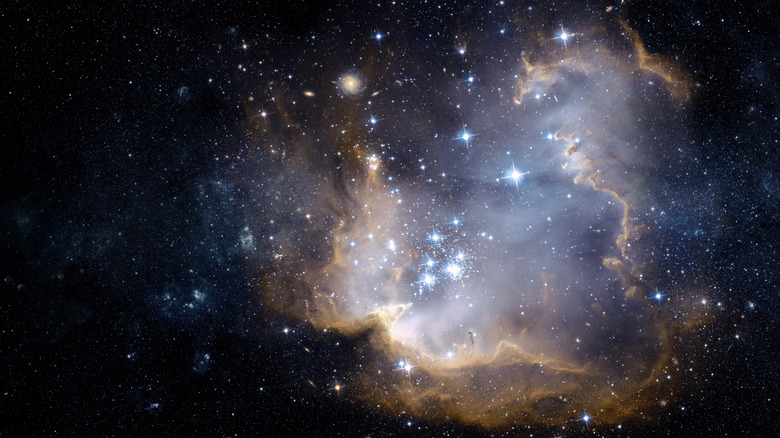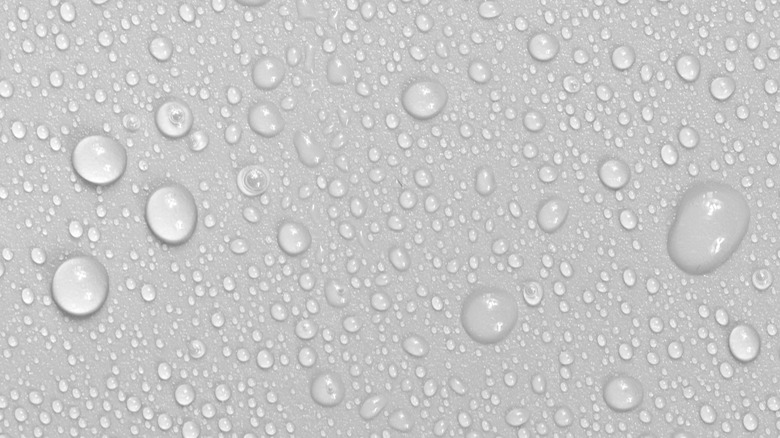There Are More Stars In The Universe Than There Are Grains Of Sand On Earth
The number of stars in the sky and the number of grains of sand on Earth are both used to express an infinite amount of something. But, which impossibly large number is higher? Believe it or not, this is actually a question that scientists have pondered. The first step to answering it, of course, is to calculate the numbers you are comparing. A team of researchers at the University of Hawaii found a way to determine the number of grains of sand on Earth, as NPR reports.
The scientists didn't head to a beach with a magnifying glass and start counting. Instead, they found the average size of a grain of sand and then calculated how many of these grains would fit in a teaspoon. Then, they multiplied this number by the number of teaspoons it would take to fill all of the beaches and all the deserts on the planet. The answer? There are approximately 7.5 x 1018, or seven quintillion, 500 quadrillion, grains of sand on Earth.
There are way more stars in the known universe
When it comes to determining the number of stars in the sky, you first have to establish what you mean by the sky. If you just mean the sky you can view when you look up at night, sand clearly wins. There are 9,096 stars visible from Earth by a human with average eyesight, according to Sky & Telescope. But, that's from both hemispheres. From one hemisphere, a maximum of 4,548 are visible depending on season, weather, and light pollution.
However, if you mean all of the stars in the observable universe, the picture shifts. There are more than 170 billion galaxies filled with stars, according to Universe Today. Our Milky Way galaxy has as many as 400 billion stars. Other galaxies out there have more or less. Some spiral galaxies can have more than one trillion stars, and some elliptical galaxies have 100 trillion. On the other end of the spectrum, some dwarf galaxies have far fewer stars than the Milky Way. If you just multiply the number of galaxies by the number of stars in our galaxy, you get around 1024 stars, or a one and 24 zeros. A 2003 estimate found there were 70 thousand million, million, million stars in the observable universe, or a seven and 23 zeros, according to NPR. In either case, stars outnumber sand grains.
There are more molecules than stars in 11 drop of water
These calculations suggest that if you want to tell someone how much you love them, you should say you love them more than there are stars in the sky. But, it turns out that there are even more mind-melting comparisons you can make. Science writer David Blatner wrote a book called "Spectrums: Our Mind-Boggling Universe, from Infinitesimal to Infinity," and in it he said that if you could count all of the molecules in just 10 drops of water, you would reach a number equal to the massive number of stars in the known universe (via NPR). So maybe you should start saying you love people more than 11 drops of water.
There are other surprising comparisons between terrestrial and celestial numbers. The 2015 study "Mapping Tree Density at a Global State," published in Nature, estimated that there were 3.04 trillion trees on Earth, around 1.30 trillion of them in tropical or subtropical forests alone. That means there are more trees on Earth than there are stars in the Milky Way.


